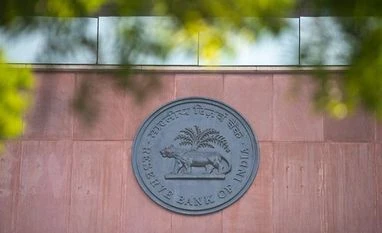The unanimous decision of a RBI pause is a tactical one a fine balance between looking forward optimistically and glancing back in the rear-view mirror to gauge the impact of previous coordinated actions. Interestingly, the RBI decision to pause is reminiscent of the reputation equilibrium in monetary policy (Barro & Gordon, 1983), where the policy outcome is a combination of discretion and rules in policymaking!
We believe that this decision is justified on two counts.
First, this policy action has clearly indicated to the market that the central bank is comfortable with making a distinction between policy strategy and policy stance, and these can coexist simultaneously. While a policy stance may indicate the RBI using more of non-conventional policy tools to adjust large government borrowings forthcoming in May, with no change in liquidity stance, the policy strategy still indicates rate adjustment should inflation surprise on the upside beyond tolerance.
Second, as the banking system in advanced economies apparently cracked under the contagion of banking crisis, central banks from the Federal Reserve (Fed) to Swiss National Bank to European Central Bank/ Bank of England rather left the nervous markets high and dry by continuing pressing the lever on the rate front. Clearly, such myopic actions may seem appropriate from a textbook angle but would be providing little solace and rationale — the total credit card balance of Americans was a tad short of $1 trillion by end-December 2022, the highest since the NY Fed has been keeping the records since 1999, rising the most between third and fourth quarters of 2022 in history.
Against this backdrop, the decision of the RBI to take a hiatus and complete the divergence act between advanced economies (AEs) and fast emerging economies (FEEs) by decoupling from the secular rate rises only enhances the credibility premium of the RBI! In fact, the RBI has made it crystal clear that the withdrawal of accommodation remains its priority to ring-fence inflationary concerns. As such, the present rate decision is more of a comma, and not a full stop, though we believe that given the trajectory of leading indicators and inflation going forward, one can safely presume that the worst may probably be behind us.
The measures taken by the RBI on developmental front are customer-friendly and will bring in much-needed transparency, reduce compliance costs of banks, and boost micro-credit. Specifically, the announcement of proposing digitalisation of licence/ authorisation through a centralised portal will significantly save compliance costs — roughly 5 per cent of the operating cost of banks.
An interesting anecdote in the policy before we end. The RBI has not used the word stickiness in its policy statement while characterising core inflation, but instead used “unyielding core inflation”. Stickiness in economic parlance is the resistance of market prices to change quickly, despite shifts in the broad economy. Stickiness also refers to a transformative property of one object to other objects in contact (read headline inflation getting generalised from core stickiness). Unyielding, on the other hand, could mean the stubborn and unchanging property of an object despite the force applied (read rate hikes). Clearly, a higher core may not be bad after all, if it is unyielding!
(The author is Group Chief Economic Advisor, State Bank of India. Views are personal).
Unlock 30+ premium stories daily hand-picked by our editors, across devices on browser and app.
Pick your 5 favourite companies, get a daily email with all news updates on them.
Full access to our intuitive epaper - clip, save, share articles from any device; newspaper archives from 2006.
Preferential invites to Business Standard events.
Curated newsletters on markets, personal finance, policy & politics, start-ups, technology, and more.
)